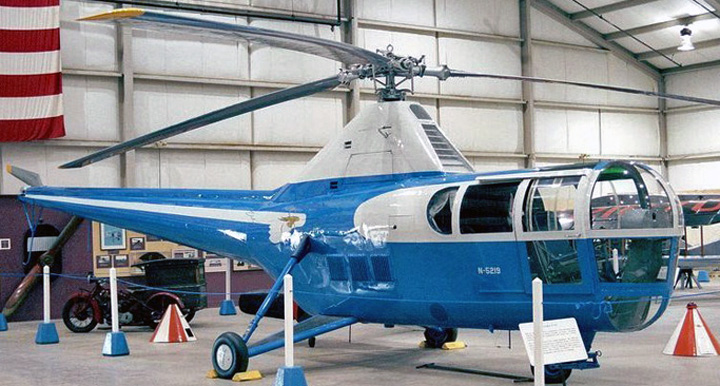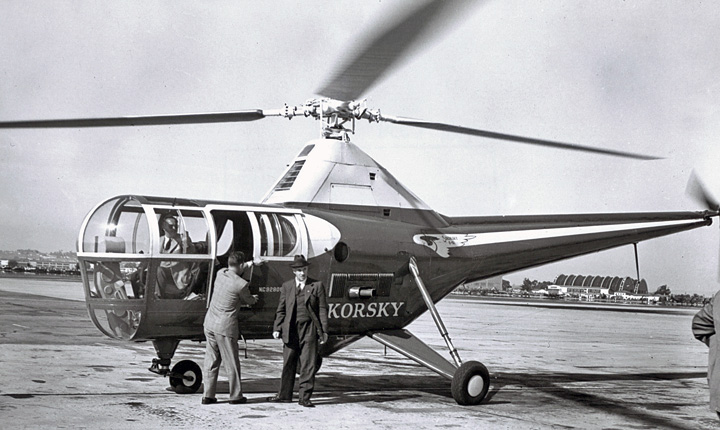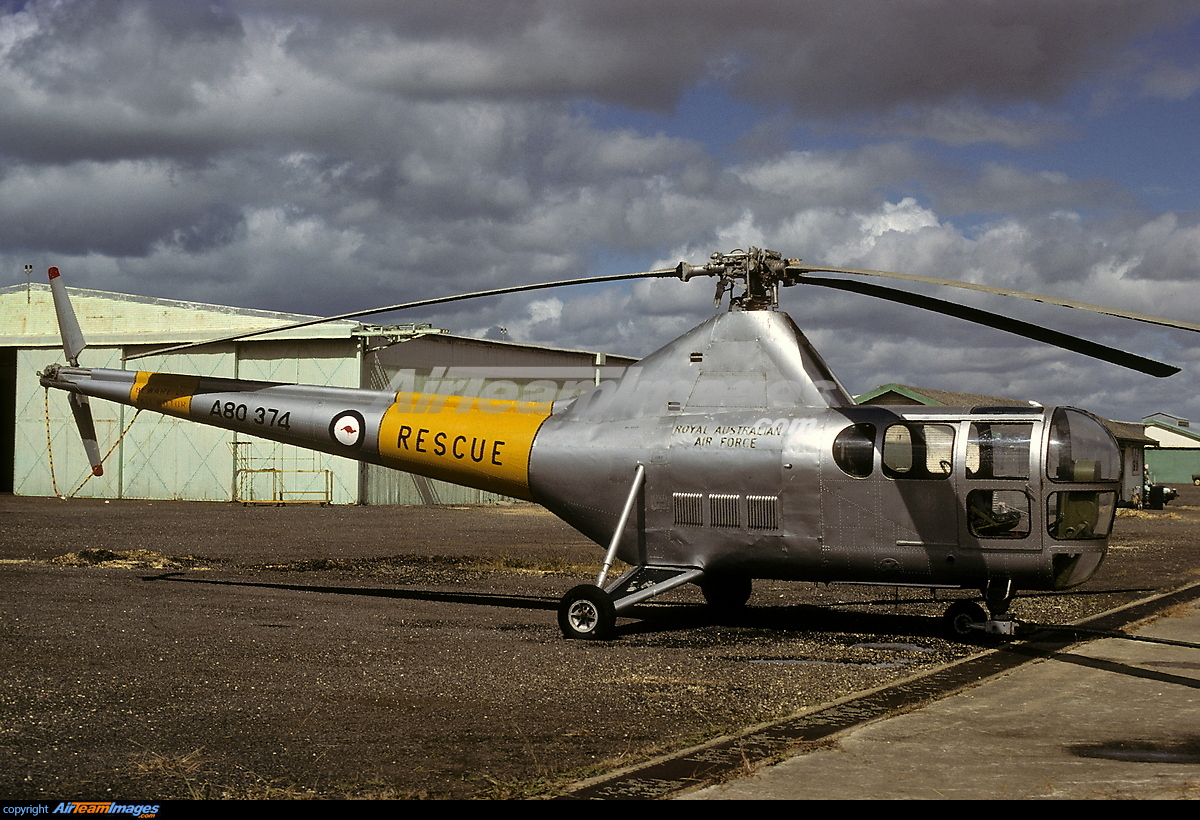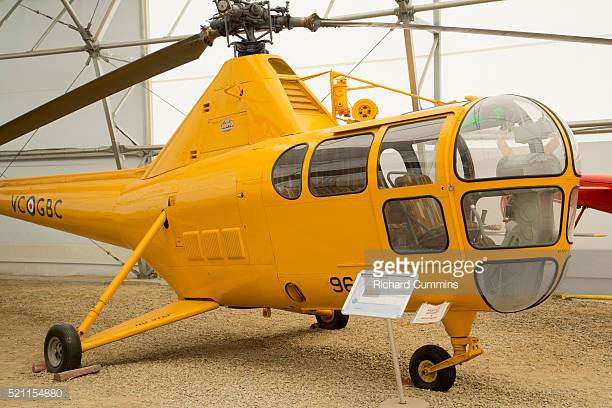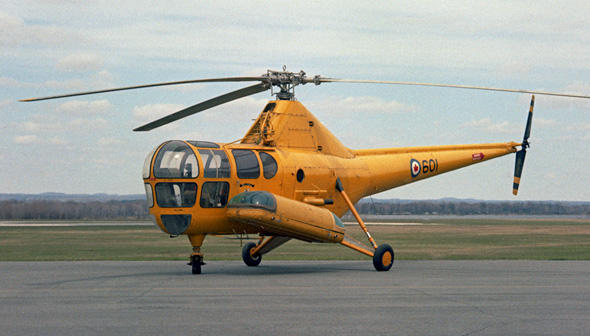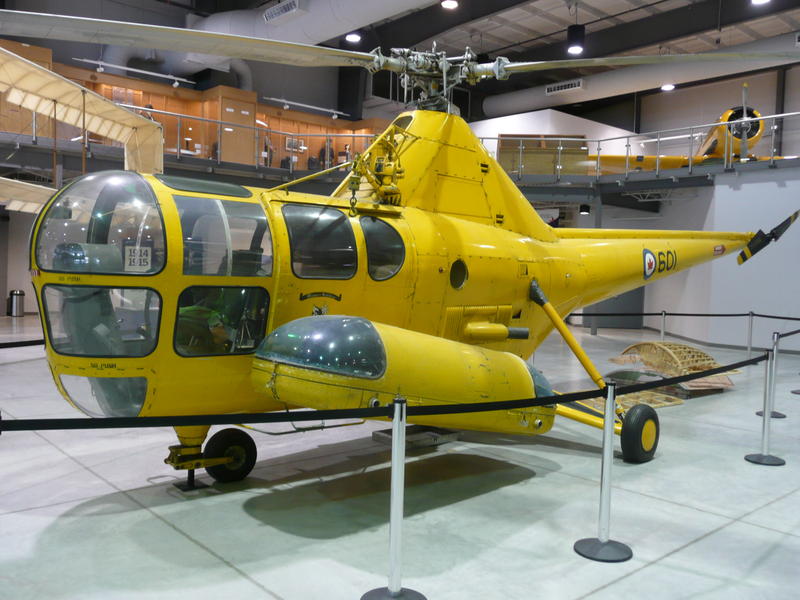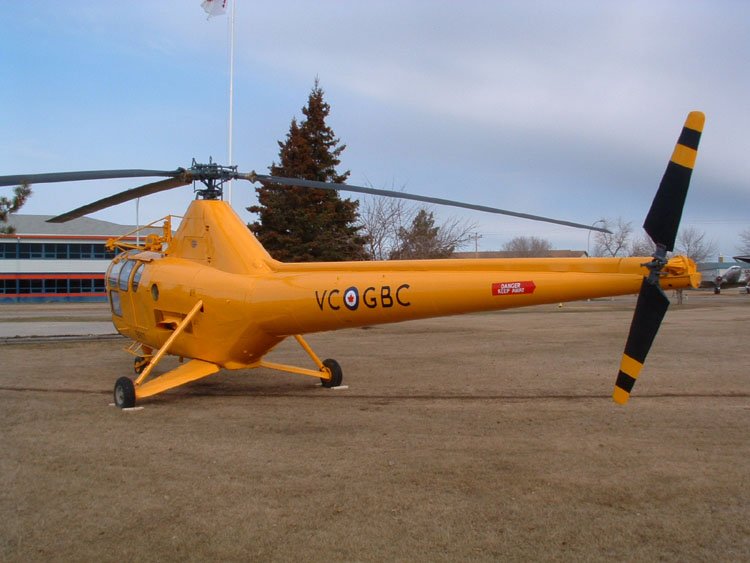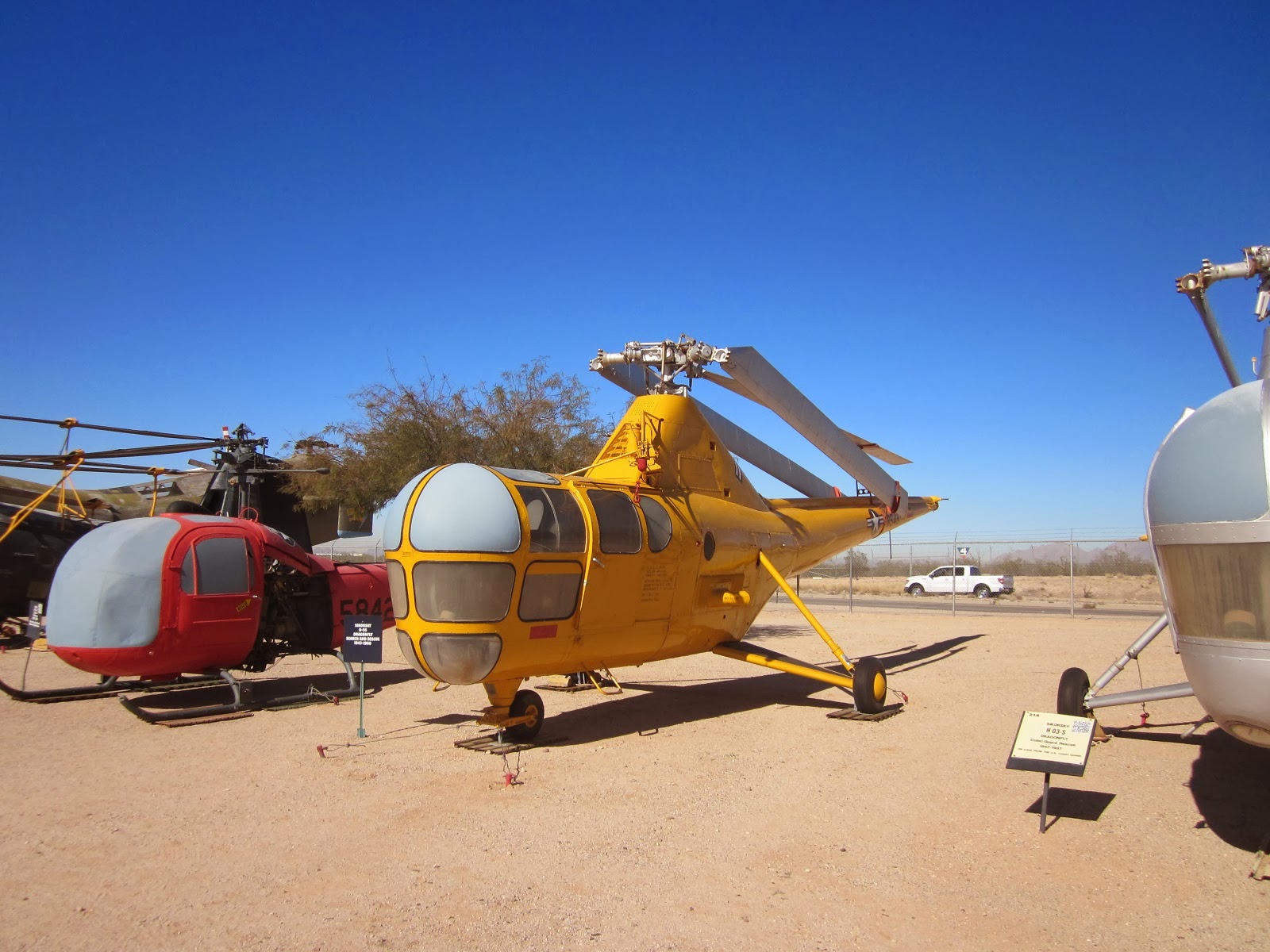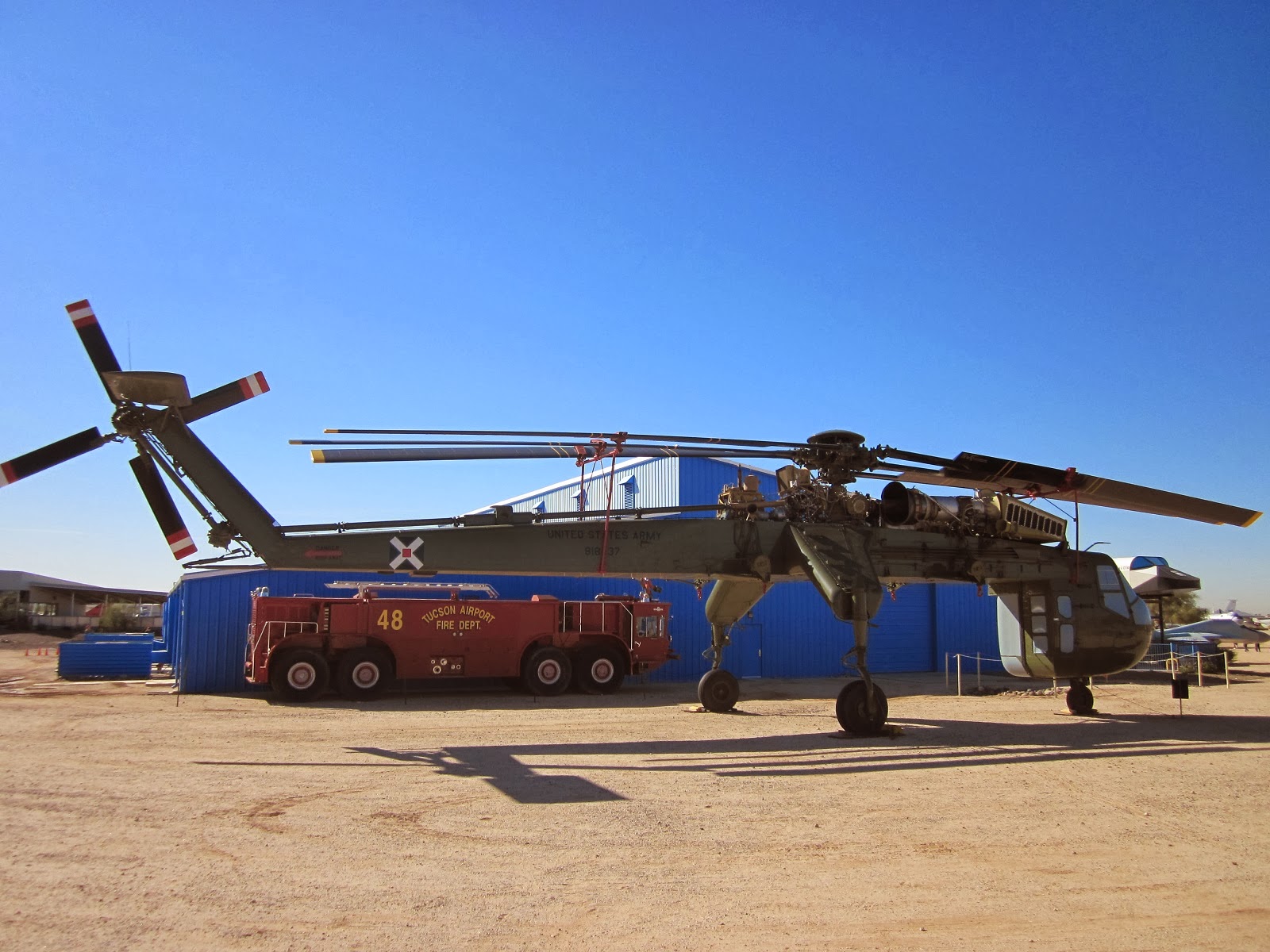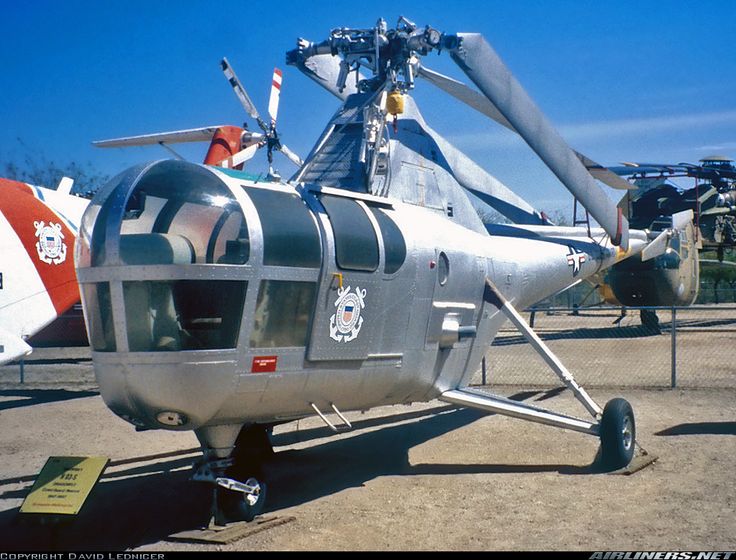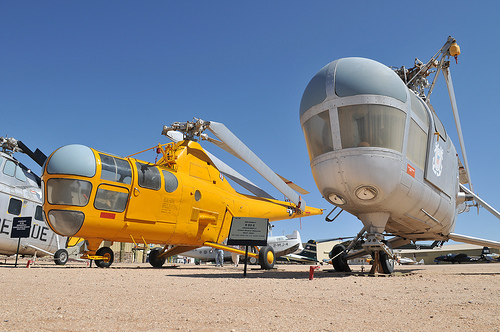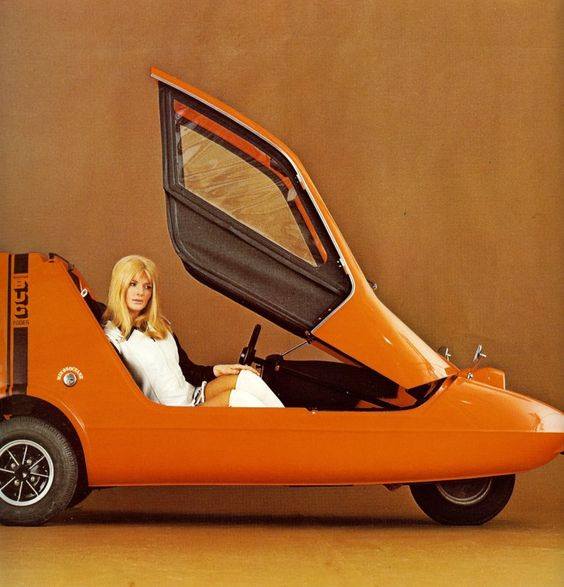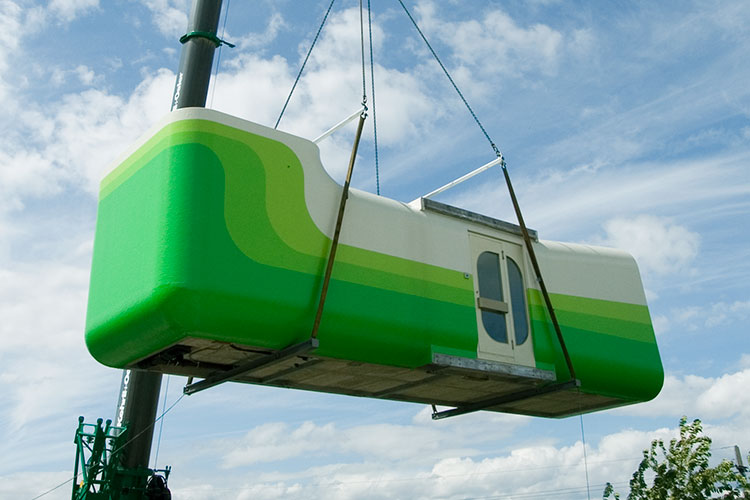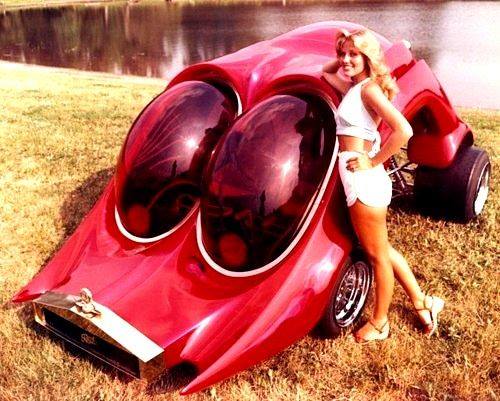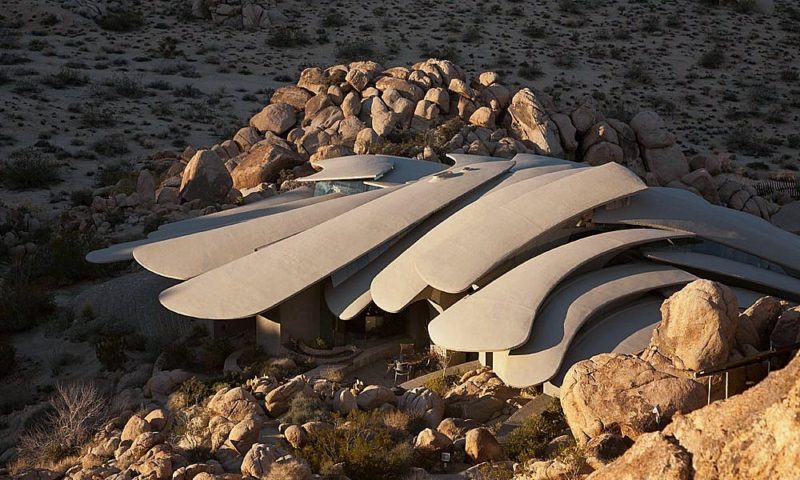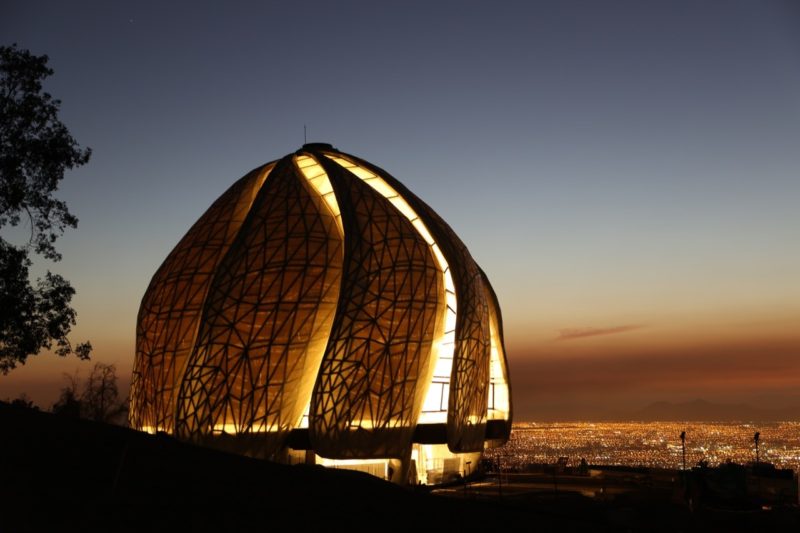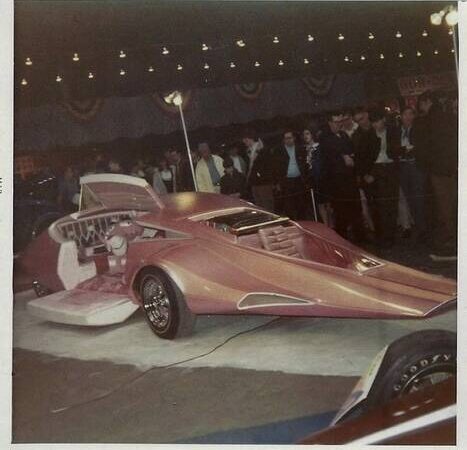Igor Ivanovich Sikorsky (1889-1972)
Rex W. Maneval (Inventor)
The 30 avril (1890-1974) Frankfort, Kansas.
Rex W. Maneval Frankfurt was a man before his time, among his projects was a helicopter that was designed in 1939.
He was born to Louis Franklin and Sophia C.. (Wohlford) Maneval le 30 avril 1890 Centralia, Kansas. Child, Maneval dreamed of becoming a mechanical engineer, but his parents preferred a commercial career and had enrolled in a business school in Kansas City to learn the bank's foundation. His banking career took him to the banks of Centralia and Topeka and the first national bank in Frankfurt that he managed. However, engineering remained an obsession, and he found an outlet for its mechanical interests through extensive reading on the subject and by endless experiments with machines. In the early 1920, he developed a very successful hatching chicks machine. He then resigned his position in banking 1926 and opened his own hatchery in Frankfort, Kansas. Maneval Chickeries has become one of the biggest hatcheries in the state. In the early 1940, he gained lockers factory and ice. Tragedy struck in Maneval 1937 when his wife and son died of carbon monoxide poisoning. To cope with his grief, he immersed himself in a new interest – l’aviation.
Among Rex W's projects. Maneval was on a helicopter that he designed 1939, the same year, Igor Sikorsky designed the VS-300 that eventually became the first successful commercial helicopter. Several innovations have been incorporated into the design of Maneval.
To neutralize the couple, he used a pair of rotation-against blades on one shaft. The blades against the rotation render useless the single tail rotor, the conventional method torque control. The elimination of the tail rotor results in a drag reduction. Smart coaxial gearbox designed by Maneval made possible its blade system-rotatably against. completed in 1941, Helicopter Maneval was stolen several times over the years, tied down, but because of excessive vibration problems, Maneval eventually scrapped the idea and has stored the helicopter in one of his former hatcheries 1974, when he donated Historical Society of Kansas. By withdrawing its hatchery business 1947, Maneval sold the bin and ice cream six years later to devote all his time to the helicopter and other projects. In 1957, he designed, built and tested a vertical-takeoff-off machine (VTOL) which was later destroyed by fire. In the mid 1960, he drew attention to a passenger and high-speed train, in 1967, he had developed a simplified process with flanges, couplings and brakes innovative. He included in his plans available to substitute as reaction turbine engine that future technology increased the feasibility of a free piston engine. Although he tried to secure a patent and acceptance of its proposal by the railways and manufacturers, it was rejected by the Patent Office and the railway industry.
In the years 1980, Sikorsky Aircraft Company, the world's leading helicopter manufacturer, worked to develop the ultimate helicopter. Ironically, the design of the company was based on against-rotating blades using a system very similar to that employed by Maneval in 1939.
This perfect example of a man of genius, with a staff of one and nothing that hatchery converted for Shop, has produced an idea 40 years later would be incorporated into the most sophisticated aircraft design. A Kansan designed and built the first helicopter.
Rex Maneval was a man before his time. Born in Centralia, in Kansas, in 1890, Maneval dreamed of becoming a mechanical engineer, but his parents preferred a commercial career and had enrolled in a school bank. During his employment in the banking sector, Maneval found an outlet for its mechanical interests through extensive reading on the subject, and by tinkering and endless experimentation machines. In the early 1920, he developed a very successful hatching chicks machine. He then resigned from his banking job and opened his own hatchery in Frankfort, Kansas. Maneval Chickeries has become one of the biggest hatcheries in the state. Tragedy struck in Maneval 1935 when his wife and son died of carbon monoxide poisoning. To cope with his grief, he immersed himself in a new interest in aviation.
The same year, Sikorsky designed the VS-300 that eventually became the first successful commercial helicopter. Incorporated in the design of Maneval, there were several innovations.
To neutralize the couple, he used a pair of rotation-against blades on one shaft. The blades against the rotation render useless the single tail rotor, the conventional method torque control. The elimination of the tail rotor results in a drag reduction. Smart coaxial gearbox designed by Maneval made possible its blade system-rotatably against.
The helicopter was completed in Maneval 1941, but there were some problems (among them excessive vibration) he could not resolve to his satisfaction. Although he occasionally flew his helicopter attached to the floor, he never tried a free flight. The helicopter has been stored in one of the old hatchery building until Maneval 1974, when he donated to the Historical Society of Kansas a few months before his death at the age of 85 years. It is in the collections of the history of Kansas Museum.
source: Rex-w-maneval
Sikorsky CH-54
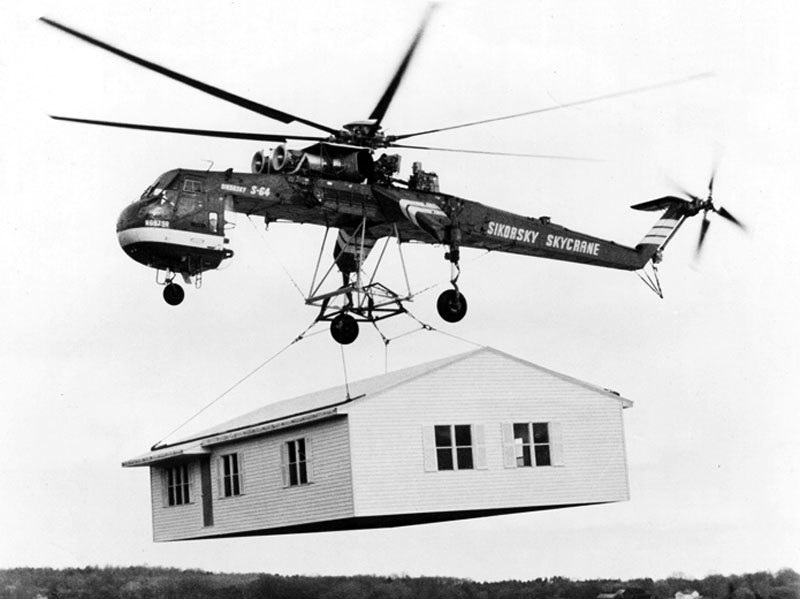
This transport helicopter made by Sikorsky wore civilian designation S-64 Skycrane (flying crane) and military designation CH-54 Tarhe (crane in the language of the Iroquois Indian Wyandot). It had its first flight 9 May 1962.
Igor Ivanovich Sikorsky
(1889 – 1972)
Was a Russian-American pioneer of aviation in both helicopters and fixed-wing aircraft. The first success came with the S-2, the second fixed terms of its design and construction. His fifth plane, S-5, earned him national recognition and the FAI license number 64. His S-6-A received the highest price at the Moscow Aviation Exhibition 1912. And in the fall of this year, the aircraft has won for its young designer, builder and pilot first prize in the military competition Petrograd.
After emigrating to the United States 1919, Sikorsky founded the Sikorsky Aircraft Corporation 1923 and developed the first of Pan American Airways ocean-conquering flying boats in the years 1930.
In 1939, Sikorsky designed and piloted the Vought-Sikorsky VS-300,
the first viable American helicopter, who pioneered the rotor configuration used by most helicopters today.
Sikorsky modified design in the Sikorsky R-4 , who became the first helicopter mass of the world 1942.
List of aircraft designed by Sikorsky
S-6 – Three passenger aircraft – 1912

Russian airmen Sikorsky, Genner et Kaulbars
aboard a ” Russky Vityaz ” 1913
S-21 Russily Vityaz biplomb bi-motor – 1913
S-22 Ilya Muromets biplan quadrimoteur – 1913
S-29 twin-engine biplane – 1924

S-42 Clipper – flying boat – 1934
The evolution of our way of traveling makes it difficult to assess the dangerousness of the aircraft in the years 30 relative to other modes.
In 1932, twenty-five people in the world died in plane crashes.
This figure is difficult to relate with those of sea or land transport and especially there was much less of passengers transported by air now . It is certain that air travel was seen as dangerous and insurance policies costing four times more for air travel than the same trip by train.
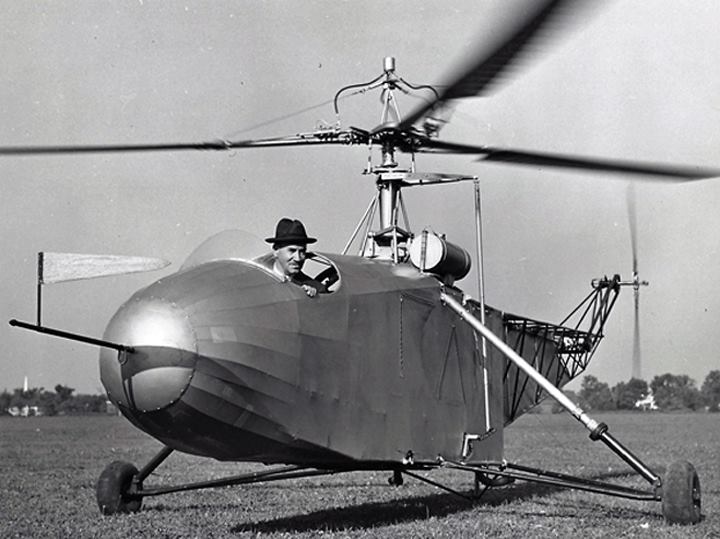
Igor Sikorsky flies VS-300A last the 7 October 1943
The VS-300 (ou Vought-Sikorsky 300) is a helicopter designed in the United States by Igor Sikorsky. The VS-300 project began in 1931 and the first flight took place on 14 September 1939 Igor Sikorsky in command. Remained at the prototype stage, it served to create the first US helicopter produced in series, le R5-B Hoverfly en 1941.
Description technique
In a revolutionary design, VS-300 was equipped with a motor 4 cylinder 75 air cooled horses. The three-bladed main rotor diameter was 8,53 meters. It also had a tail rotor connected to the main rotor by a gear housing. The cell structure consisted of metal tubes and only the device that carried out the flight test possessed an aerodynamic fairing. The first flight took place on 14 September 1939 : the apparatus was connected to ground by guide cables. The first free flight took place on 13 May 1940. One year later, the 6 May 1941, Sikorsky establishes an endurance record with the VS-300 remaining in the air 1 h 32 me 26 s. In the period following (up & rsquo; to 8 December 1941), many changes were made. The final version of the VS-300 totals 102 h 35 me 51 s flight. It was given to Edison Henry Ford Museum.
The VS-300 served as a prototype for the VS-316 aircraft (R-5). He brought proof of the advantages of this configuration now classic today.VS-300 prototype helicopter experimental – 1939
VS-44 flying boat Excambian – 1942
R-5 the world's first production helicopter – 1942
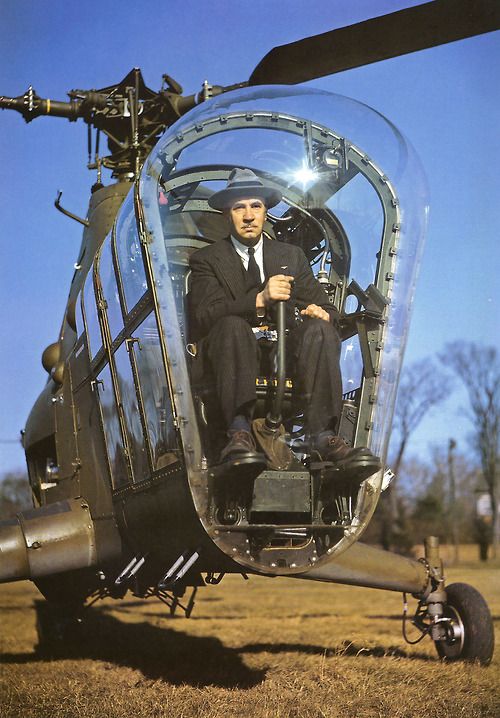
R-5 the world's first production helicopter – 1942
The Sikorsky H-5 is a helicopter built by the American company Sikorsky Aircraft Corporation. Its first flight took place on 18 August 1943. It was used by the USAAF and USAF.
At the stop of production, in 1951, more than 300 copies were built.
The Different Models :
- XR-5
- Derived from the prototype with VS.372 2 seats and powered by a motor 450 ch R-985-AN-5, 5 built.
- YR-5A
- As the XR-5 with minor modifications, 26 which built 2 for United States Navy renamed H02S-1.
- R-5A
- Rescue model 2 stretchers outside, 34 built later renamed H-5A.
- R-5B
- Changing the R-5A, unbuilt.
- YR-5C
- Changing the R-5A, unbuilt.
- R-5D
- Changing the R-5As with landing gear in the nose, rescue hoist, 20 renamed later conversions H-5D.
- YR-5E
- Changing the YR-5As with command station doubled, 5 renamed later conversions YH-5E.
- R-5F
- Civil Model S-51 with 4 seats built in 1947, 11 built later renamed H-5F.
- H-5A
- R-5A redesigned.
- H-5D
- R-5D redesigned.
- YH-5E
- YR-5E redesigned.
- H-5F
- R-5F renamed.
- H-5G
- As the H-5F with 4 seats and rescue equipment, 39 built.
- H-5H
- As the H-5G with updated equipment, 16 built.
- HO2S 1
- 2 YR-5As for the United States Navy later passed to the United States Coast Guard, command of 34 canceled models.
- HO3S-1
- version 4 seats for the United States Navy identical to H-5F, 88 built.
- HO3S-1G
- HO3S-1 for the United States Coast Guard, 9 built.
- HO3S-2
- naval version of the H-5H, unbuilt.
- HO3S-3
- 1 HO3S-1 modified template 1950 with a redesigned rotor.
- S-51
- Civil transport version 4 seating (below)
Restored S-51 Executive Transport New England Air Museum
A helicopter restored S-51 is on display at the New England Air Museum, Windsor Locks, Connecticut.
The model on’ screen, the serial number 5119, was delivered to CRA 1947. Later , it was used as a commercial helicopter. This helicopter has been fully restored by a group of retired volunteers Sikorsky Aircraft and painted in the colors of an executive transport demonstrator Sikorsky.

With financial support from his sister Olga, Sikorsky returned to Paris, the world center of aviation at the time, in 1909. Sikorsky met aviation pioneers, to ask them questions about airplanes and flying. In May 1909, he returned to Russia and began to design its first helicopter, it began testing in July 1909. Despite progress in the resolution control technical problems, Sikorsky realized that the plane will never fly. He eventually removed the aircraft in October 1909, after determining that he could not learn the design. I had learned enough to recognize that with the current state of the art, engines, materials and, mostly, shortage of money and lack of experience … I could not produce a successful helicopter then.
First plane of his own design Sikorsky, S-1 used a 15 hp motor fan Anzani 3 rolls in a pusher configuration , who could not lift the plane.
His second design called S-2 was powered by an Anzani engine 25 ch in a tractor configuration and first flew the 3 June 1910 at a height of several feet.
The 30 June, after some changes, Sikorsky reached an altitude of “sixty or eighty feet” before the S-2 is blocked completely destroyed when it is crushed in a ravine. Later, Sikorsky built two S-5 seats , its first model does not rely on other European appliances.
By flying this original aircraft, Sikorsky earned his pilot license.
The license of the Fédération Aéronautique Internationale (DO) n ° 64 issued by the Imperial Aero Club of Russia in 1911.
In a demonstration of the S-5, the engine quit and Sikorsky was forced to make a landing to avoid a wall. It was discovered that a mosquito in petrol had been sucked into the carburetor, the engine receives fuel. The caller convinced Sikorsky of the need for an aircraft that could keep flying if it lost an engine.
His next plane, S-6 held three passengers and was selected as the winner of the Moscow aircraft exhibition held by the Russian army in February 1912.
At the beginning of 1912, Igor Sikorsky became Chief Engineer of the aircraft division for the work of the Way of the Russian Baltic ( Russko-Baltiisky Vagonny Zavod ou R-BVZ ) in St. Petersburg . His work at R-BVZ included construction of the first four aircraft engines, le S-21 Russky Vityaz , he called first Grand when equipped with only two engines, while the Bolshoi Baltisky (The Great Baltic) when equipped with four motors for the first time, the pair of drive trains each wing panel in a tandem configuration in "push-pull" before the four motor tractors Russki Vityaz . It was also the test pilot for its first flight 13 May 1913. In recognition of his achievement, he received an honorary degree in engineering from the Institut Saint – Pétersbourg Polytechnical in 1914.
Sikorsky has experience of building the Russky Vityaz to develop Ilya Muromets S-22 airliner. Due to the outbreak of the First World War, he redesigned as the first four-engine bomber world , for which he was awarded the Order of St. – Vladimir .
After the First World War, Igor Sikorsky became an engineer for the French forces in Russia during the Russian Civil War. In seeing little opportunity as aircraft designer in war-torn Europe, and especially Russia, ravaged by the October Revolution and the Civil War, he immigrated to the United States, Arriving in New York on 30 mars 1919.
A film about the history of the helicopter up to the years 1950.
Igor Sikorsky arrive à NAS North Island, in California, in an S-51 Company Demonstrator.
The Westland WS 51 was a Sikorsky S 51 built under license. The Sikorsky S-51 was a commercial supported version of the company's S-48 helicopter / R-5.
The Second World War ended and the market for military helicopters sales was not promising. Helicopters S-51 presented a fully articulated main rotor 48 feet and 3 blades and a rotor tail 3 blades powered by the engine and reliable Ratt85 R585-AN5 Pratt and Whitney 450 hp. S-51 piloted the pilot in the cockpit with a bench 3 seats on the rear of the cab. The first commercial customer was Los Angeles Helicopter Airway who bought five S-51 helicopters and established a passenger and an air mail service in the United States in the Los Angeles Basin area. The next customer was the US Navy purchased four S-51 helicopters (HO3S-1) to support the operation Highjump, Antarctic operations.
S-51-5 Helicopter. A painting of Joe Keogan, Sikorsky archivist archive, records the first naval rescue 1947.
Sikorsky S-51 Dragonfly
Sikorsky Dragonfly Helicopter, Aerospace Museum, Calgary, Alberta, Canada

The RCAF museum always adds new screens and it is a rare, un Sikorsky S-51,
the first military helicopter of Canada, active until the mid-fifties and called H-5 in the RCAF Service.
picture Sikorsky Rescue H-5.
Sikorsky H-5 –
Quadruple US utility helicopter, R4 modernization, improved load capacity, increased reliability, and the speed limit.
Variation 51- civil helicopter.
Construit par «Sikorsky Aero Engineering Corporation». H5 / S51 took off for the first 16.02. 1946.
This helicopter is equipped with an automatic pilot for the first time, which is much easier management. First name 379 H5 built these helicopters / S51.
The helicopter was widely used in the US Air Force and several other countries.
Helicopter H-5 (Internal name of the developer R5) is designed as a device with improved properties (speed, load, ceiling) to replace the Sikorsky R4.
Increased rotor diameter, elongate fuselage, seats for passengers and drivers are arranged in tandem.
A more powerful engine with 450l.s. stolen in August 1943
The US military issued an order for machinery 26 for testing (as the YR5A), the first deliveries in February 1945.
Then followed an order for helicopters 100 (modified to carry the wounded on stretchers) are manufactured and delivered helicopter 34.

Sikorsky H-5
Photos and text © 2004 by Richard Bullock
Momi
(Museum of Modern Irrelevance)
Pima Air and Space Museum
Momi appreciate the content * Submissions by visitors, and we are pleased to present a selection of photos taken by a contributor Momi while visiting the Pima Air Museum in Tucson Space, Arizona, the 28 December 2011.
The Museum Pima Air and Space is located next to the air base Davis-Monthan, the largest storage of aircraft in the world and preservation facilities and home maintenance and aerospace 309th Regeneration Group. The museum opened in May 1976 with 48 historic aircraft on display. Since then, it has grown to include nearly 300 had, posted over 80 acres. In addition to its own collection of aircraft, Bus Museum offers tours of the "boneyard" of military and commercial aircraft stored at decommissioned air base Davis-Monthan.
http://momi-canada.blogspot.fr/2014/03/pima-air-and-space-museum.html
http://momi-canada.blogspot.fr/2014_03_01_archive.html
http://stanakshot.free.fr/photos/USA/Sikorsky-H-5G/48-0548/10131
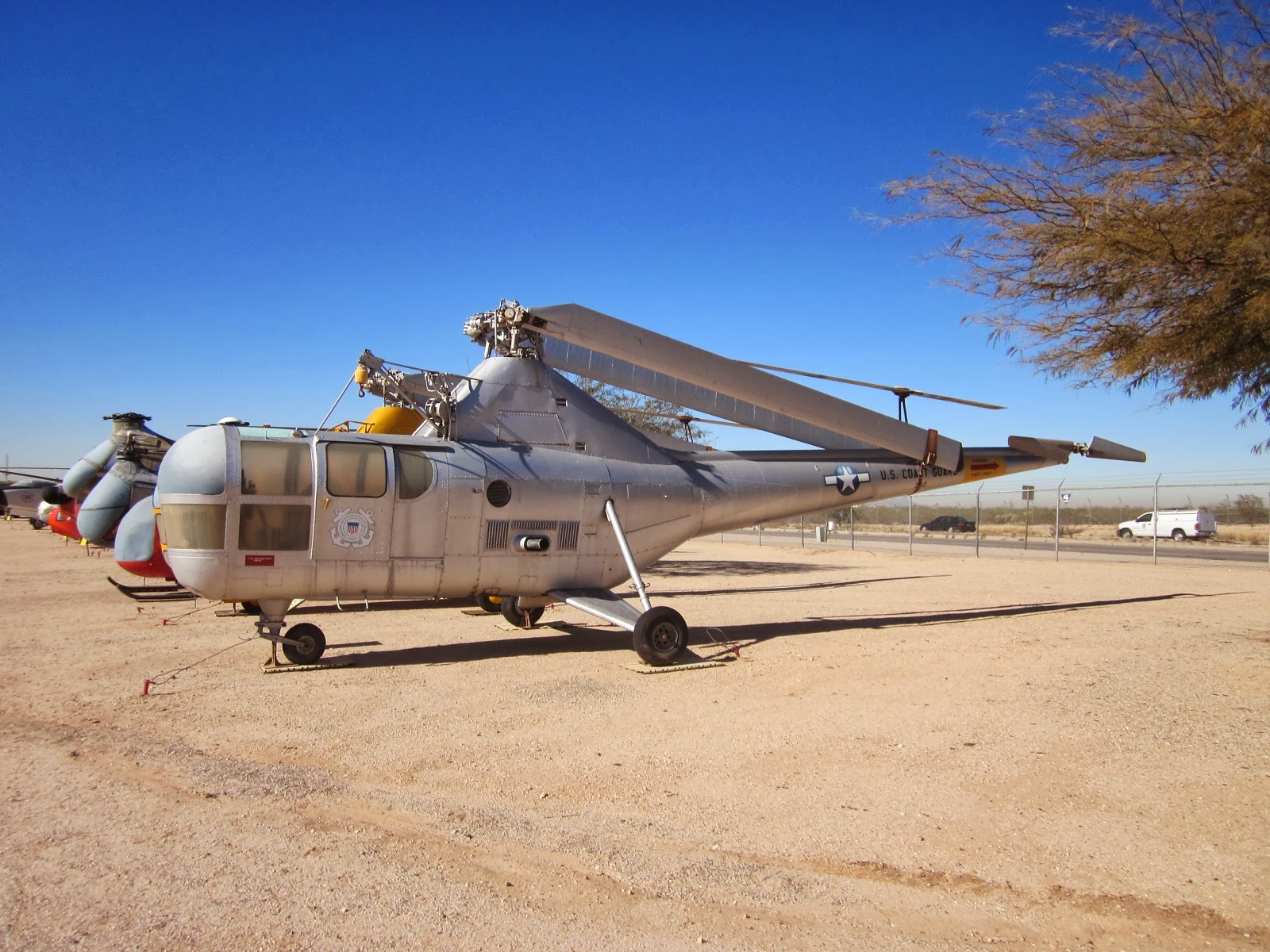
Sikorsky S-72-Experimental Helicopter X-Wing-USA, NASA, US Army-(Rotor Systems Research Aircraft ) (RSRA) –
Used to test various integrated systems and propulsion rotor-Jetcopter with exceptional crew ejection seats.
The helicopter on the water from above; Hovering over the lighthouse with waves breaking around the base. CU slow movement of hummingbirds; engravings, paintings, engravings and drawings. DiVinci model, drawings. Chinese top toy propeller; Recent examples have been demonstrated. Various other models, drawings.
paper model from published 1843 design de George Cayley, 4 boat on discs with wheels.
Wright and military test days, departure and takeoff.
The tests of movable wings in the early 1900. The flapping wings, and jumps from plane, rotating wheels like wings, large and small. Sky-car.
The first helicopter of Charles Richet to leave the ground with pilot on board.
Berliner 1908-09
Oehmichen 1920
Oehmichen 1922 Combination tank and helicopter.
Curtis-Weber online 1921
1922 The quad-rotor “Flying Octopus” Georges & Jerome de Bothezat built under contract for the US Army.
The Raul coaxial helicopter Pescara early 1920 with biplane type rotors.
Asboth 1928-1930
Model showing stability problems. hinged blades on a large helicopter. Juan de la Cierva and C-19 autogiro flight with the wings replaced by the rotor, So rather a plane rather than a helicopter. Takeoff pasture; Gunfire in flight.
1930 Nicholas Florine demonstrated the flapping wing at the Brussels exhibition. D'Ascanio showed he stole 8 3/4 minutes.
1936 Louis Breguet flying in recording the setting time of the Breguet-Dorand machine 63 minutes using a cyclic pitch control.
slow shutter showing the helicopter blades rising and falling. Lift-off, towers demonstrated.
1937 F-61 German Focke-Wulf Achgelis two rotors flew inside the Berlin sports stadium by Hanna Reitsch. several views.
Igor Sikorsky VS-300 flying creating a new world record.
History helicopters – Documentary film of the invention in the helicopter rotary –
A helicopter is a type of rotorcraft wherein the lift and thrust are supplied by the rotors. This allows the helicopter to take off and land vertically, rolling, of fly forward, rearwardly and laterally. These attributes allow helicopters to be used in congested or isolated areas where fixed-wing aircraft and many forms of VTOL aircraft (vertical take-off and landing) can not function. The word helicopter is adapted from the helicopter French language, invented by Gustave Ponton Amécourt in 1861, which comes from the Greek helix (helix) “propeller, spiral, tourbillon, convolution” et pteron (pinion) “family” .English- The language of nicknames include helicopter “chopper”, “helicopter”, “helo”, “sound”, “huey” and “whirlybird”. The helicopters were developed and built during the first half century of flight, le Focke-Wulf Fw 61 being the first operational helicopter 1936.
Some helicopters reached limited production, but it was not until 1942 a helicopter designed by Igor Sikorsky reached full – mass production, with 131 built appliances.
Although most previous models use more than one main rotor, it is the single main rotor anti-torque tail rotor configuration that became the most common helicopter configuration. The helicopter rotor tandem are also widely used because of their greater payload capacity.
Coaxial helicopters, Aircraft and helicopters compounds are stealing today. The Quadcopter helicopters were launched soon 1907 France and other types of multicoproté were developed for specialized applications such as unmanned drones.
The Helicopter Electric XXth Century Produced by Glenn Pew // It is almost gross weight before the pilot stages and can not fly for 15 minutes.
Sikorsky Innovations seen Firefly as bench’ Test for technologies that can make for a real electric helicopter … One day.
ZERO° : HELICOPTER IN THE FUTURE REVOLUTIONARY DESIGN
Created by Spanish designer Hector Del Amo, this helicopter with a place could revolutionize the way we move. Code name : ZERO°. Latest technology, this device has been designed to fly “Clean Energy” (electric), with lightweight materials ! Still in concept with cute little drawings, ZERO ° may become reality in a few years, in any case, hopefully because it has it all (beautiful curves, clean, lightweight, easy to fly ...). Originally designed to avoid traffic jams and compete scooters and other small city cars, it could find its place in winter sports. Indeed, be it in the mountains or above water, helicopters are regularly used to make catches incredible views or just to drop riders on the mountain tops, a two-seater version would find its very public. Waiting, enjoy the design of this futuristic helicopter to completely clean lines ...
Bit-Hirobo – Future with an Electric Helicopter Seat
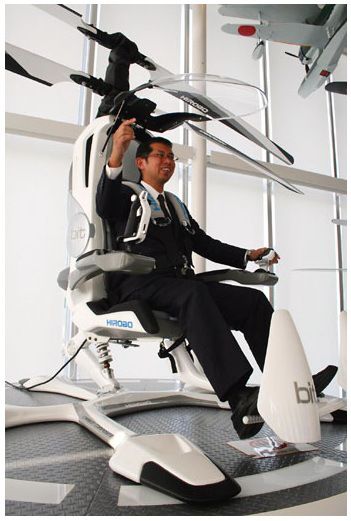
Japan develops for one passenger – silent electric Mini Helicopters, trips 100 km / h (62 mph) Jets – as a personal helicopter.


